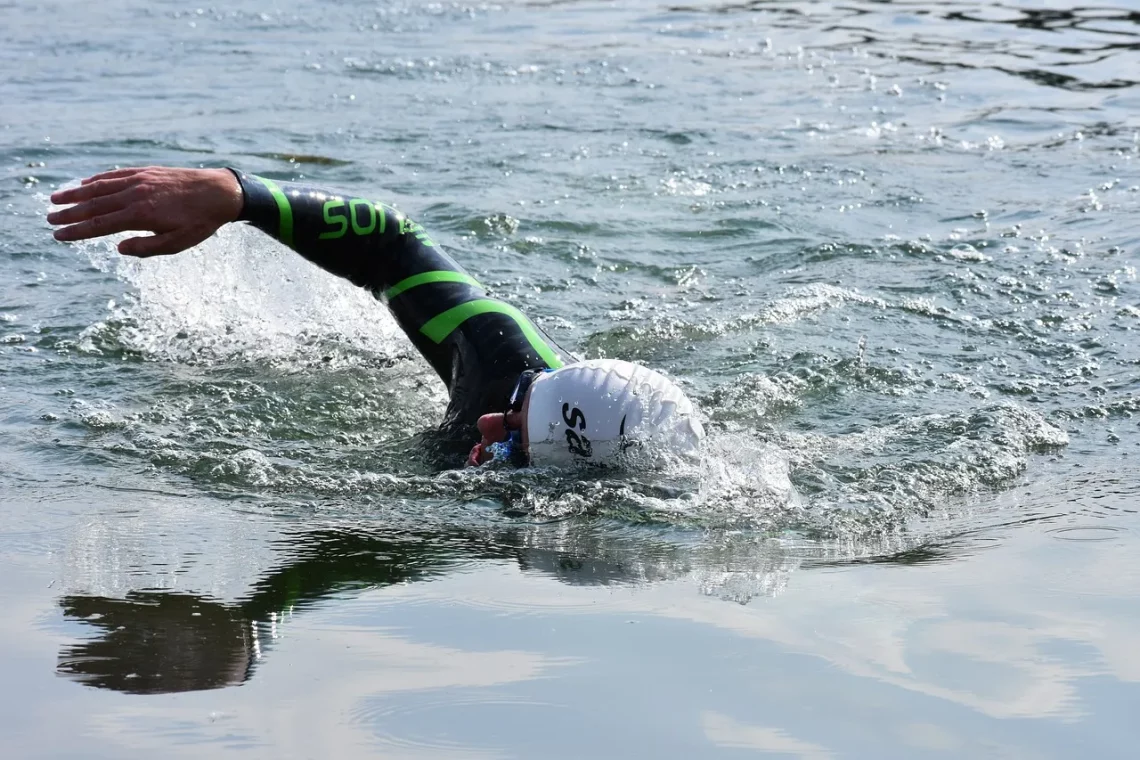
Essential Sprint Triathlon Training Plan for All Levels
Triathlon training can be both exhilarating and daunting, particularly for those venturing into the world of multi-sport competitions. Among the various formats, the sprint triathlon stands out as a popular option for beginners and seasoned athletes alike. With its shorter distances—typically a 750-meter swim, a 20-kilometer bike ride, and a 5-kilometer run—this format allows participants to experience the thrill of triathlon without the extensive time commitment required for longer events.
The sprint triathlon not only serves as an excellent introduction to the sport but also offers a platform for athletes to refine their skills and improve their performance. Whether you’re a novice looking to complete your first race or an experienced competitor aiming to shave time off your personal best, a well-structured training plan is essential. Understanding the unique demands of each discipline, developing a balanced training routine, and incorporating proper recovery techniques are all critical components of successful preparation.
In this guide, we will explore various aspects of training for a sprint triathlon, ensuring that athletes of all levels can find the information they need to excel. From building a solid foundation in swimming, cycling, and running to mastering transitions and race-day strategies, this comprehensive approach will help participants feel confident and prepared when they arrive at the starting line.
Building a Solid Foundation: Swim Training
Swimming is often the most intimidating leg of the triathlon for many athletes. To build confidence and efficiency in the water, it’s essential to focus on technique, endurance, and speed.
Start with the basics of swim training by incorporating drills that emphasize proper form. Focus on your stroke technique, breathing patterns, and body position. Drills such as the catch-up drill or fingertip drag can help improve your stroke efficiency. Aim to swim at least two to three times a week, gradually increasing your distance and intensity as you become more comfortable in the water.
Endurance is critical in swimming, and incorporating longer swims into your routine will help build your stamina. Mix in some interval training by alternating between fast-paced swims and recovery periods. This not only enhances your speed but also prepares you for the varying paces you might experience during a race.
In addition to pool training, consider open water swimming if possible. This will help you acclimatize to the different conditions you might face during the triathlon, such as waves, currents, and temperature variations. Practice sighting to ensure you can navigate effectively during the race. Familiarizing yourself with the actual race environment can give you a mental edge on race day.
Lastly, don’t neglect your recovery. Adequate rest is vital for muscle repair and growth. Stretching and incorporating strength training can also enhance your swimming performance by improving your overall strength and stability in the water.
Mastering the Bike: Cycling Strategies for Triathletes
The cycling leg of a sprint triathlon presents a unique opportunity to gain speed and momentum. To excel on the bike, it’s crucial to develop both endurance and power while also ensuring you are comfortable and efficient in your riding position.
Start by establishing a consistent cycling routine, aiming to ride at least two to three times a week. Mix in longer rides to build endurance, but also include shorter, high-intensity interval sessions to improve your power output. This combination will prepare you for the varied demands of the race course.
Focusing on your bike handling skills is equally important. Practice cornering, climbing, and descending to gain confidence in different cycling scenarios. Consider joining a local cycling group to enhance your skills and enjoy the social aspect of training. Group rides can provide a valuable experience in drafting and pacing, which can be beneficial during the race.
Nutrition plays a vital role in cycling performance. Learn how to fuel your body appropriately before, during, and after your rides. Experiment with different foods and hydration strategies during training to determine what works best for you, as this can significantly impact your energy levels on race day.
Lastly, ensure your bike is in top condition. Regular maintenance, including checking tire pressure, brakes, and gears, is essential to avoid any mechanical issues during the race. Invest time in a proper bike fit to ensure you are comfortable and efficient, which can improve your overall performance.
Running Smoothly: Transitioning to the Final Leg
The running segment of a sprint triathlon is where many athletes feel they can truly showcase their fitness and determination. However, transitioning from biking to running can be challenging, as your legs may feel heavy and fatigued. Preparing for this transition is crucial for a successful race day.
Begin by incorporating brick workouts into your training. A brick workout involves completing a bike ride followed immediately by a run. This practice helps your body adapt to the shift from cycling to running, making the transition less daunting on race day. Start with shorter distances and gradually increase the intensity and duration as you become more comfortable.
Running form is essential for efficiency and injury prevention. Focus on maintaining a steady cadence and proper posture during your runs. Incorporate various types of runs into your training, including long runs, tempo runs, and interval sessions. This variety will build your endurance, speed, and overall strength.
Additionally, pay attention to your nutrition and hydration strategies. Practice fueling during your runs, as this will help you understand how your body reacts to different foods and fluids. Developing a race-day nutrition plan is crucial to ensure you have the energy to finish strong.
Finally, mental preparation is key. Visualize yourself running smoothly and confidently during the race. Having a positive mindset can significantly impact your performance, especially when faced with the inevitable challenges that arise during a triathlon.
Race Day Preparation: Strategies for Success
As race day approaches, having a solid plan in place is essential for a successful experience. Proper preparation can alleviate anxiety and help you focus on performing your best.
Start by familiarizing yourself with the race course. If possible, visit the venue ahead of time to understand the layout of the swim, bike, and run segments. Knowing what to expect can help reduce race-day jitters and allow you to strategize effectively.
Create a detailed checklist of everything you will need for race day. This includes your gear, nutrition, and any personal items. Organizing your equipment the night before can help you avoid last-minute stress. Ensure your bike is in good condition, and prepare your transition area for a smooth and efficient changeover.
On race day, arrive early to allow yourself time to warm up and mentally prepare. Hydrate well and eat a light meal that you have practiced during training. Staying calm and focused in the hours leading up to the race can make a significant difference in your performance.
During the race, stick to your pacing strategy and remember to enjoy the experience. Embrace the atmosphere, and don’t hesitate to draw on your training and preparation. Completing a sprint triathlon is an incredible achievement, and celebrating your accomplishments is just as important as the race itself.
In conclusion, training for a sprint triathlon requires dedication, planning, and a well-rounded approach to swimming, cycling, and running. By following a structured training plan and incorporating essential strategies, athletes of all levels can find success and enjoyment in this exhilarating sport.
**Disclaimer:** This article is not intended as medical advice. Individuals with health concerns should consult a healthcare professional before starting any new exercise program.




